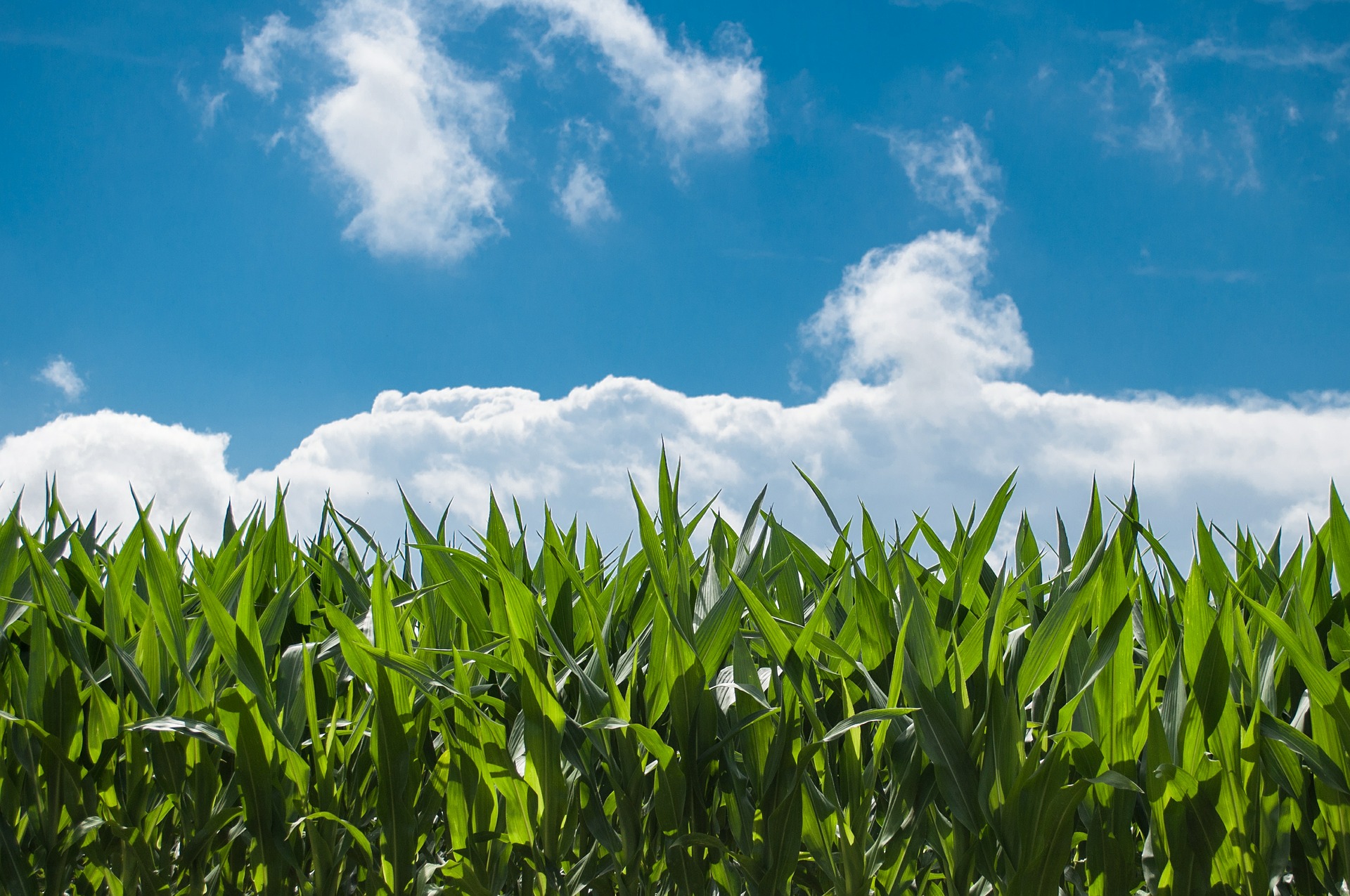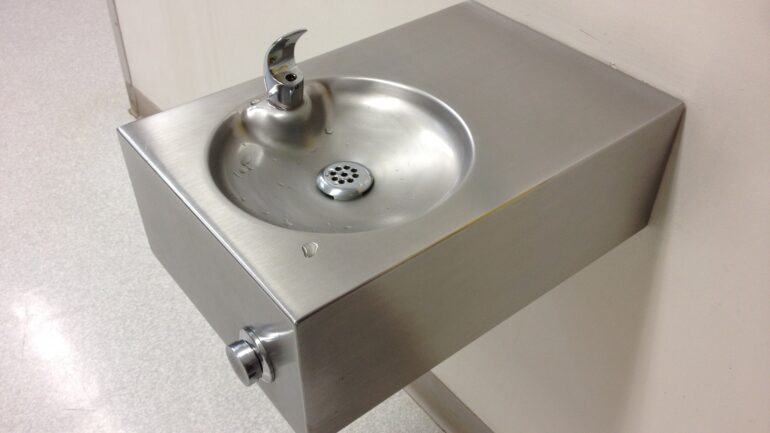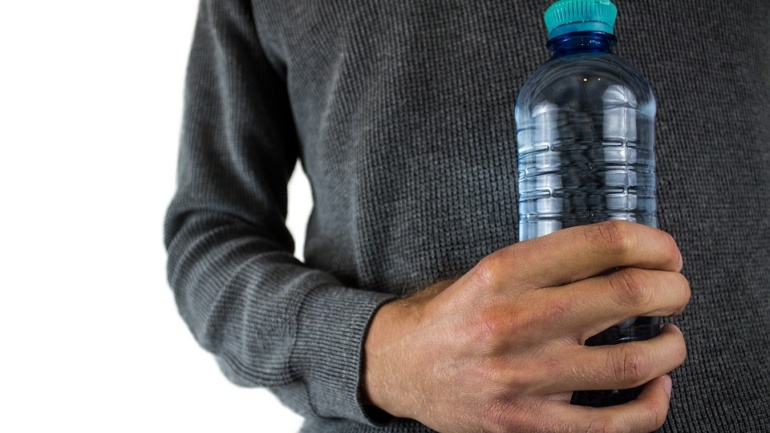By Joseph Wright, Staff Writer for Save The Water™ | June 4, 2014
Introduction
The need to grow food and engage in agricultural activities is an essential part of the human experience. Like many things, agriculture is something that can hurt the environment, but it does not have to. The 2000 National Water Quality Inventory found agriculture runoff to be the leading source of non-point water quality pollution, and with 330 million acres devoted to agriculture in the United States it is easy to see why.[1] This pollution can come from intense animal feeding operations, poorly timed/overly applied pesticides, and even poor irrigation practices. [2] When rain water or snowmelt runs over agricultural areas, organic matter (mainly nitrogen and phosphorus) is picked up from pesticide residue, manure, and fertilizer and is dispersed into a body of water[3,4] As this organic matter (mainly nitrogen and phosphorus) leeches into the water it creates the perfect environment for algae to grow. [4] As these algae blooms grow they require oxygen, which they end up taking from the water. Without any oxygen, marine life becomes decimated in what is commonly referred to as ‘dead zones’. With agriculture playing such a key role in our lives, what can we do to save the water?
Problem
The issue present would appear to be agriculture practices. While improvements can be made to agriculture, the real issue is what is not being done. Minor changes to agricultural systems can not only improve soil health but also reduce agricultural runoff. By planting cover crops farmers are able to reduce agricultural runoff by keeping soil in place, ultimately limiting erosion. [5] These plantings create a positive cycle for soil health. Cover Crops when tilled back into the soil provide nutrients, improve nitrogen intake, reduce soil compaction, and help to create a rich top layer of soil for plant health. These improvements mean that lower pesticide and nutrient loads are needed, further improving water quality. Additionally, cover crops help to filter water, holding on to nutrients before they can be released into a water body.
Solution in Progress
What can be done to promote the use of cover crops, given their positive impact on water? In the state of Maryland, farmers can sign on to a volunteer cover crop program, wherein they are paid a certain amount per acre for cover crops grown on their land. [6] The state does this to preserve the Chesapeake Bay, the nation’s largest estuary and major source of income for the state. Maryland is a state that heavily relies on water and in many ways is akin to South Florida. Efforts taken by the state, including the cover crop program, have greatly reduced excess nutrient loads/pollution in the Chesapeake Bay (nutrient loads are at the root of algal blooms and cover crops limit the amount of excess nutrients/pollution). [7,8] The algal bloom in the Chesapeake is caused by the same factors as the bloom now plaguing Biscayne Bay. [9] Sulfate runoff in Biscayne Bay is also flowing into, and damaging, the Everglades and can be traced to agricultural sources. [10] Even though Maryland’s program is volunteer, by 2010 upwards of 1688 farmers and half a million acres were enrolled in the program. [11]
What Can I Do?
There are a number of things citizens can do to increase cover crop use and promote water quality. Those who own large tracts of land/farms or land adjacent to water bodies can attempt to plant cover crops. Farmers without adequate funds can lobby their local representatives to provide money for a program similar to that of Maryland. And aside from simply spreading knowledge about cover crops, anyone can apply for a grant from section 319 of the Clean Water Act (CWA). The section was established in 1987 as part of a set of amendments to the 1970s CWA. [12] It allows citizens to apply for grant money for projects that would assess the success of nonpoint source implementation programs. [12] In 2014, section 319 was allocated nearly $160 million for individuals to engage in pollution reducing projects. [13] With citizens, farmers, land owners, and government collaboration nonpoint sources of pollution from agriculture can be greatly reduced – a collaboration that is working to save the Chesapeake Bay and can save Biscayne Bay.
References
1. Environmental Protection Agency. “Agriculture.” https://www.epa.gov/nps.
2. Environmental Protection Agency. “What Is Nonpoint Source (NPS) Pollution?.” https://www.epa.gov/aboutepa/about-office-water#wetlands.
3. Barataria-Terrebonne National Estuary Water Quality Program. “Sources of Pollution: Agriculture Runoff.” https://cfpub.epa.gov/si/si_public_record_Report.cfm?Lab=OWOW&dirEntryId=55510
4. NSW Department of Primary Industries Office of Water. “What Causes Algal Blooms.” https://www.industry.nsw.gov.au/water
5. Hoorman, James J. “Using Cover Crops to Improve Soil and Water Quality.” Ohio State University Extension. https://ohioline.osu.edu/factsheet/anr-57
6. Maryland Department of Agriculture. “Cover Crop Program.” https://mda.maryland.gov/resource_conservation/Pages/cover_crop.aspx.
7. University of Maryland Eastern Shore. “Chesapeake Bay Health Holds Steady in 2013.” https://www.umces.edu/release/2014/may/23/chesapeake-bay-health-holds-steady-2013.
8. Wheeler, Timothy B. “Study Finds Signs of Gradual Chesapeake Bay Recovery.” The Baltimore Sun. http://articles.baltimoresun.com/2011-11-03/features/bs-gr-dead-zone-20111103_1_dead-zone-pollution-chesapeake-bay.
9. Morgan, Curtis. “Big Algae Blooms Fouls Biscayne Bay.” Miami Herald. https://www.miamiherald.com/news/local/community/miami-dade/article1953392.html
10. Chamlee, Virginia. “Everglades Suffer From Sulfate Runoff, Methlymercury Contamination.” The Florida Independent. https://floridaindependent.com/.
11. Chesapeake Bay Foundation. “Maryland Farmers to Plant Record Acreage of Cover Crops This Winter.” http://www.chesapeakebay.net/blog/post/maryland_farmers_to_plant_record_acreage_of_cover_crops_this_winter
12. Environmental Protection Agency. “Clean Water Act Section 319.” https://www.epa.gov/nps/319-grant-program-states-and-territories.
13. Environmental Protection Agency. “Clean Water Act Section 319(h) Grant Funds History.” http://water.epa.gov/polwaste/nps/319hhistory.cfm.





